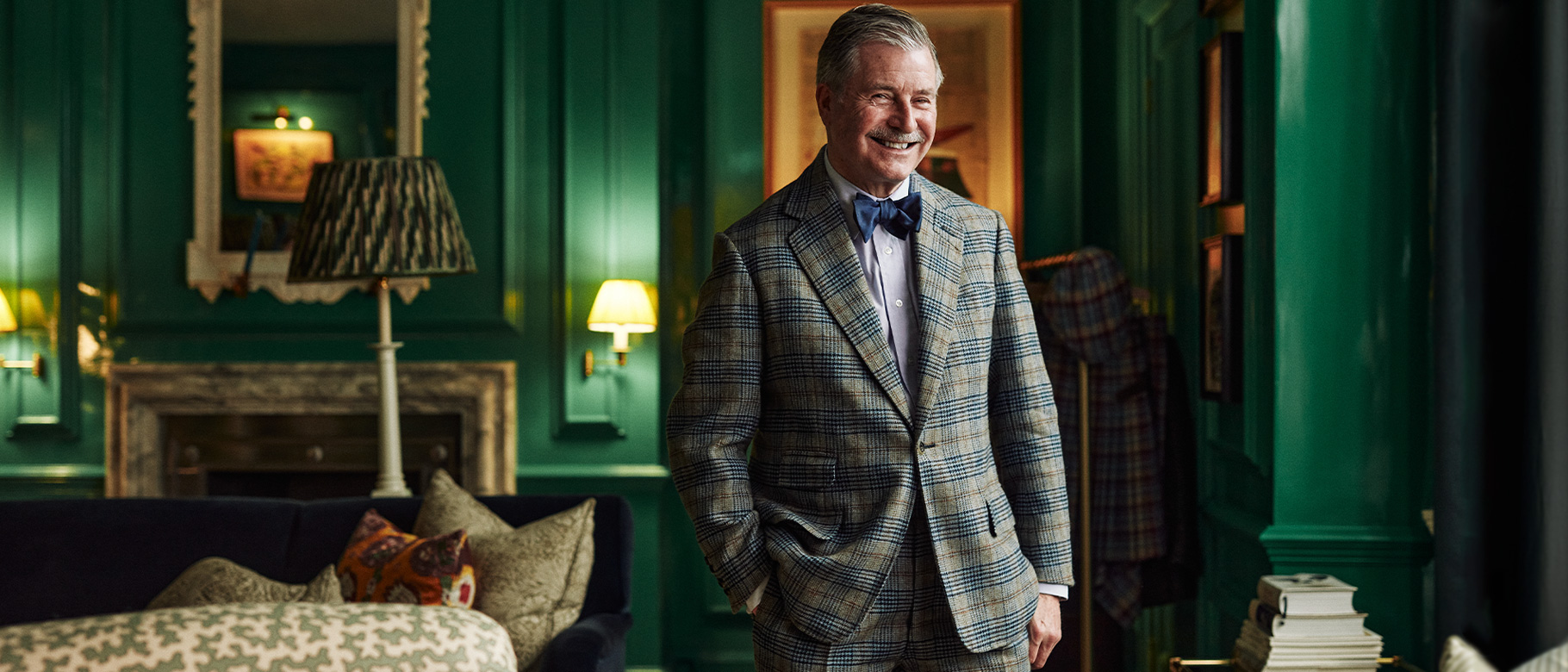

Today, Hackett is a close-to £90m global business and a jewel in the crown of the Pepe Jeans group, but back in 1983, the pictured looked quite different. “I think at the time, setting up the business was a necessity,” Hackett’s founder, Jeremy Hackett tells me, sitting comfortably in a plush armchair in the green-painted clubroom at Hackett’s townhouse on Savile Row. “I’d had a business with a friend of mine and we’d gone bankrupt. We were looking for something to do and I’d been selling second hand bespoke and luxury clothes. That gave us the idea to open a little shop in Fulham.”
Jeremy didn’t know it at the time, but that shop, No.83b New Kings Road in west London, was the start of an empire. “The bank manager gave us £2,000 to open the shop, told us we were doomed, and when we moved in it was a wreck. In fact, the walls were so bad, we covered them with blue and white striped Thomas Mason shirting,” he recalls.
But, contrary to the bank manager, Hackett took off, so much so that Jeremy and his team couldn’t source enough second-hand bespoke tailoring to stock it. Before too long, the company was designing and making brand new clothes inspired by timeless English style. “That shop was phenomenal in the ‘80s,” Jeremy continues. “You’d walk into Hackett on a Saturday morning and it was like a member’s club. We were jam-packed with well dressed guys who just wanted to socialise there. The Hackett look back then was like a uniform: tweed jacket, corduroy trousers, suede loafers. Done. That combination would just sell like crazy.”
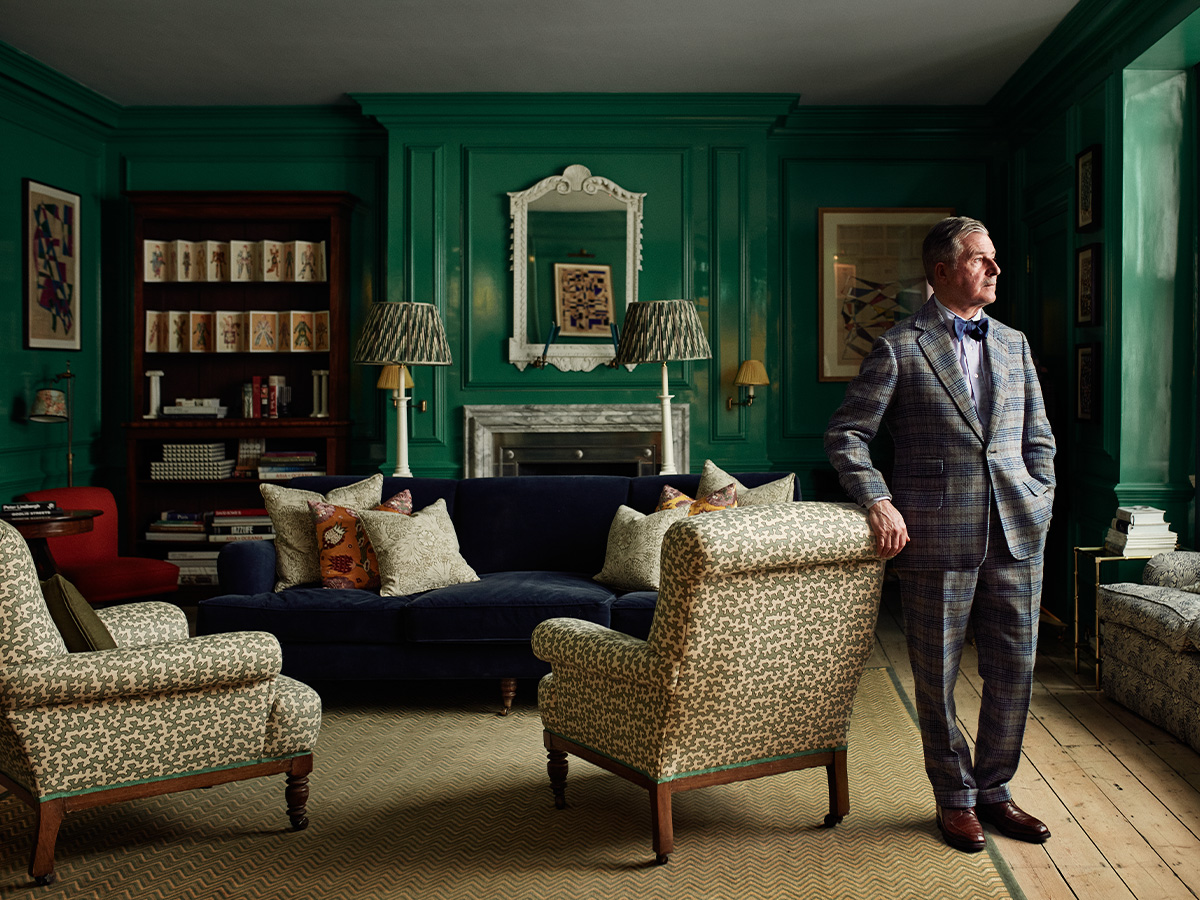
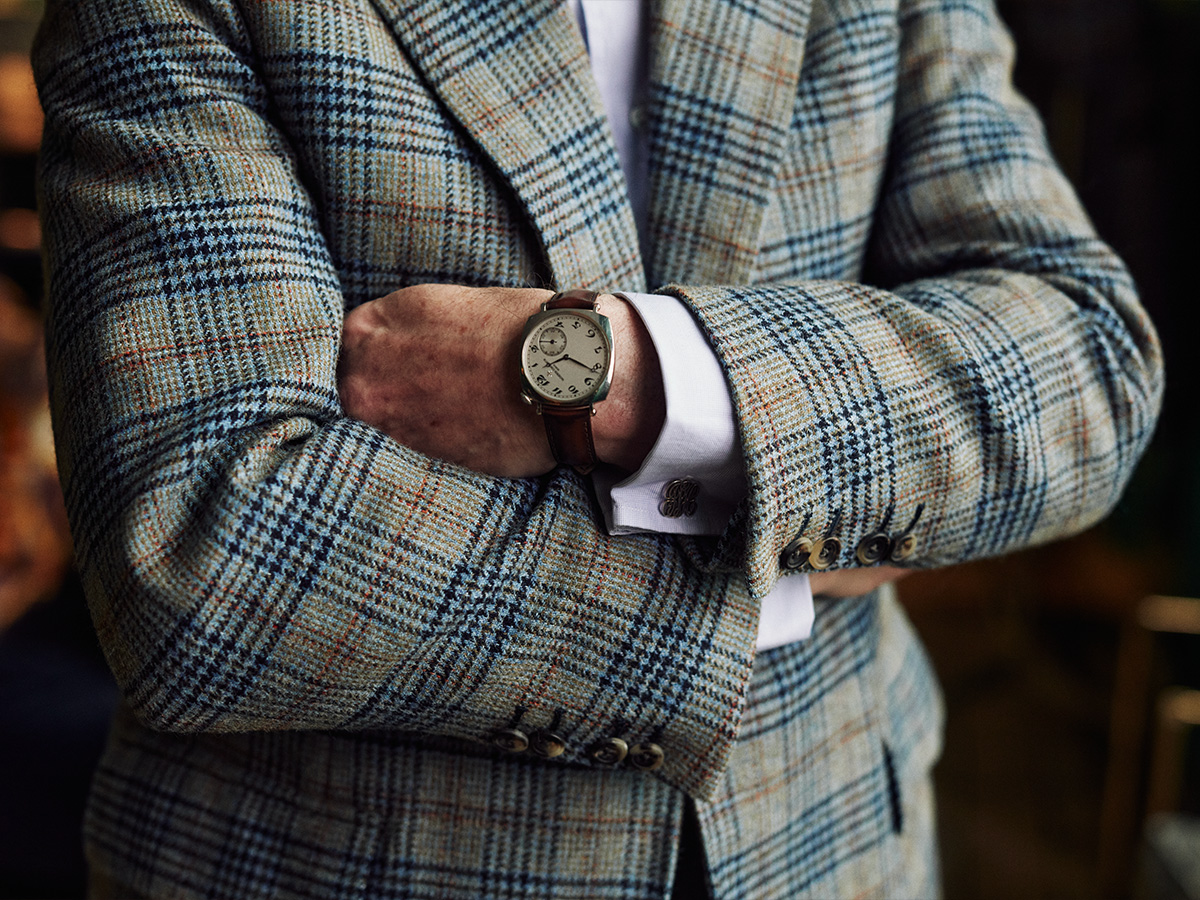
There is no shortage of fun stories from those early days of Hackett, although Jeremy says “there’s a lot I can’t tell you.” One highlight, which reflects Hackett’s long running association with the British military, speaks to just how important Hackett was to its customers. “The Royal Household Cavalry used to take their horses out to exercise them in the mornings and they’d patrol up the New Kings Road. On one occasion, a cavalry troop stopped their horses outside our shop. The commanding officer got down, came into see us and asked, ‘are my alterations ready?’ They were, so he took them away and hung his Hackett suit bag on his saddle and the troop set off up the street. I wish I’d had a camera then, it was just the most fabulous moment.”
Of course, the Hackett of today is very different to the ‘if you know, you know’ west London club it used to be. Nowadays, the brand boasts more than 160 stores worldwide and makes everything from sportswear to relaxed separates as well as formal suiting. Moreover, the brand has collaborated with the likes of Aston Martin and Formula 1 World Champion, Jenson Button. Some things, though, never change.
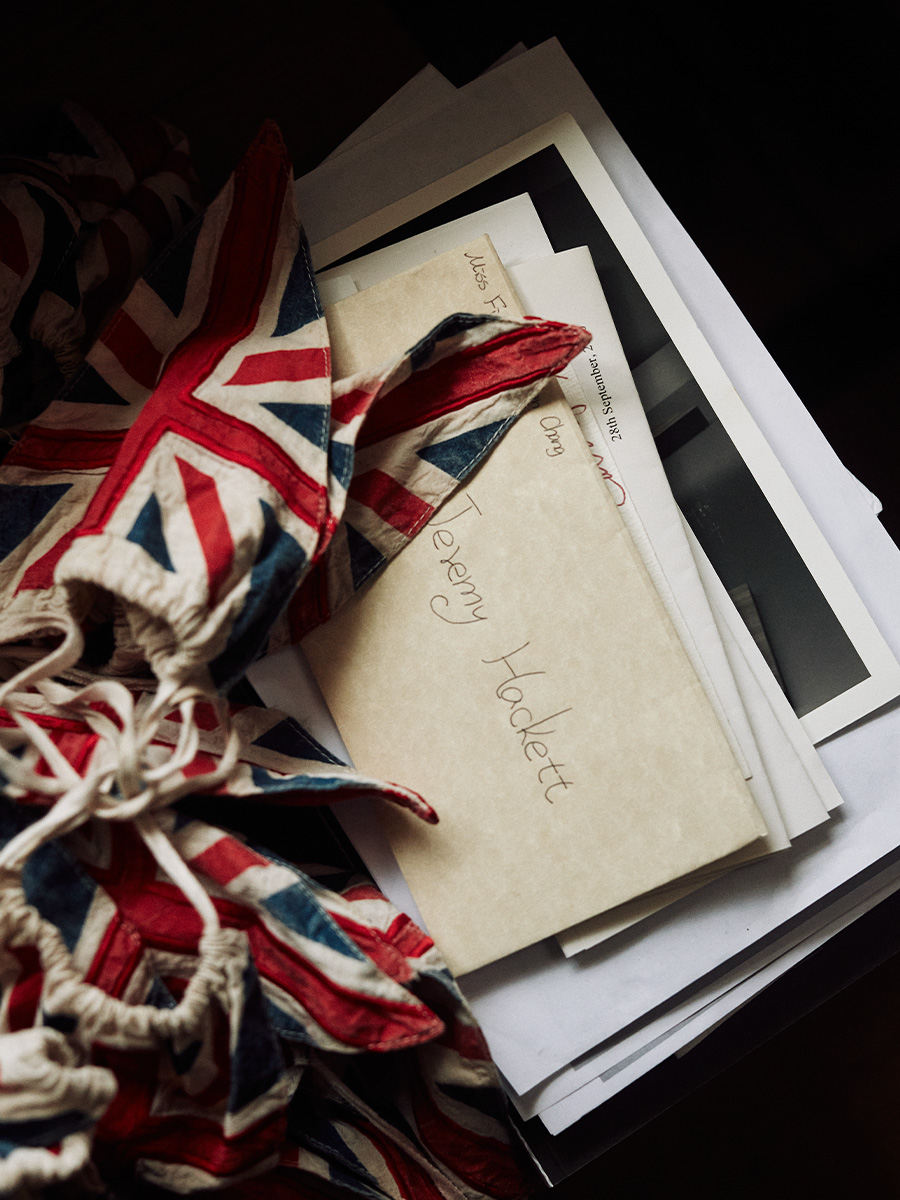
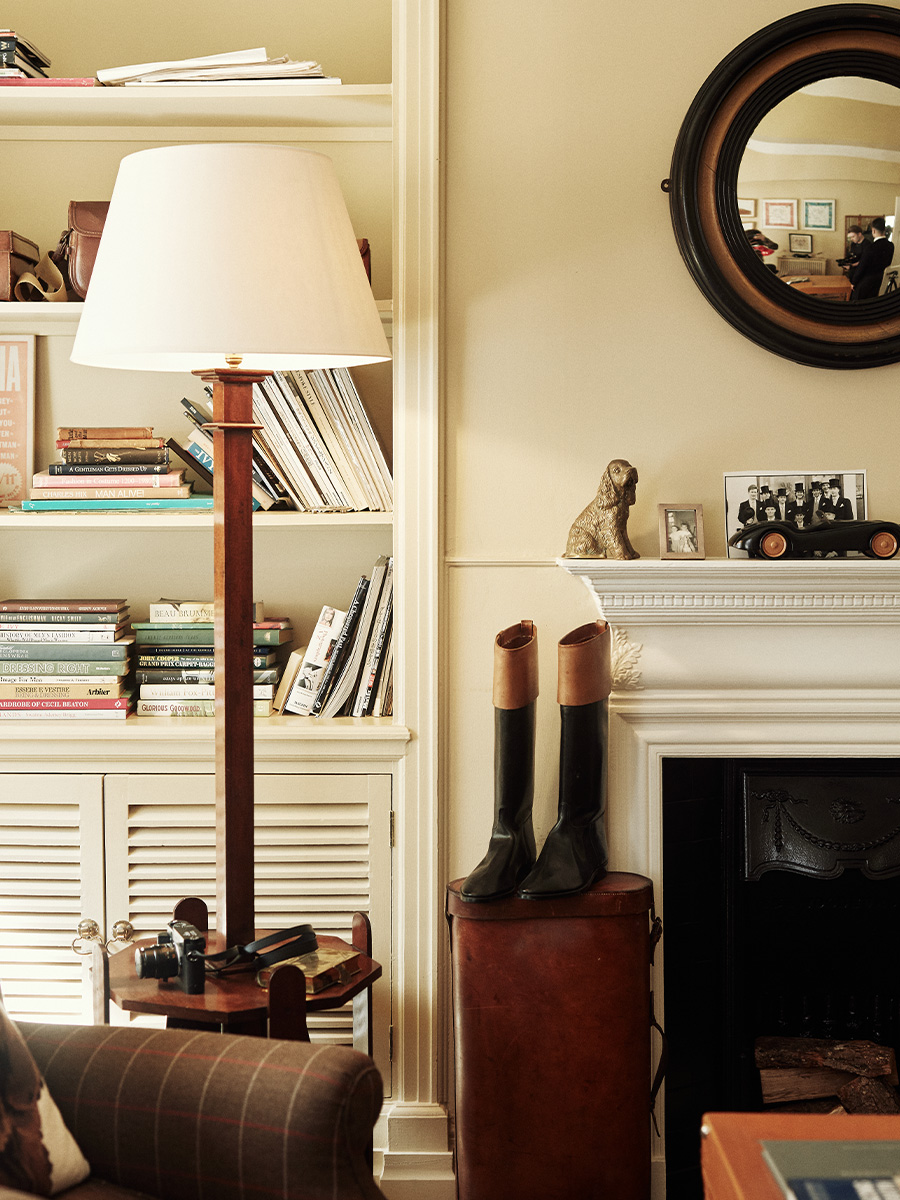
“Hackett has been synonymous with tweed since day one,” Jeremy continues, thumbing his lapel. “This suit captures all the little details that I like about Hackett’s tailoring.” Take a close look and you’ll see what he means. The one-button jacket is timeless – “I can’t bear to see two or three button suits with all the buttons done up, one button solves the problem,” says Jeremy – and the the patch on his lapel nods to King Charles’ III’s penchant for patching up his older bespoke suits. The jacket’s four button cuffs with their two pairs of buttons spaced apart reference the Coldstream Guards’ uniform, which uses the same cuff configuration.
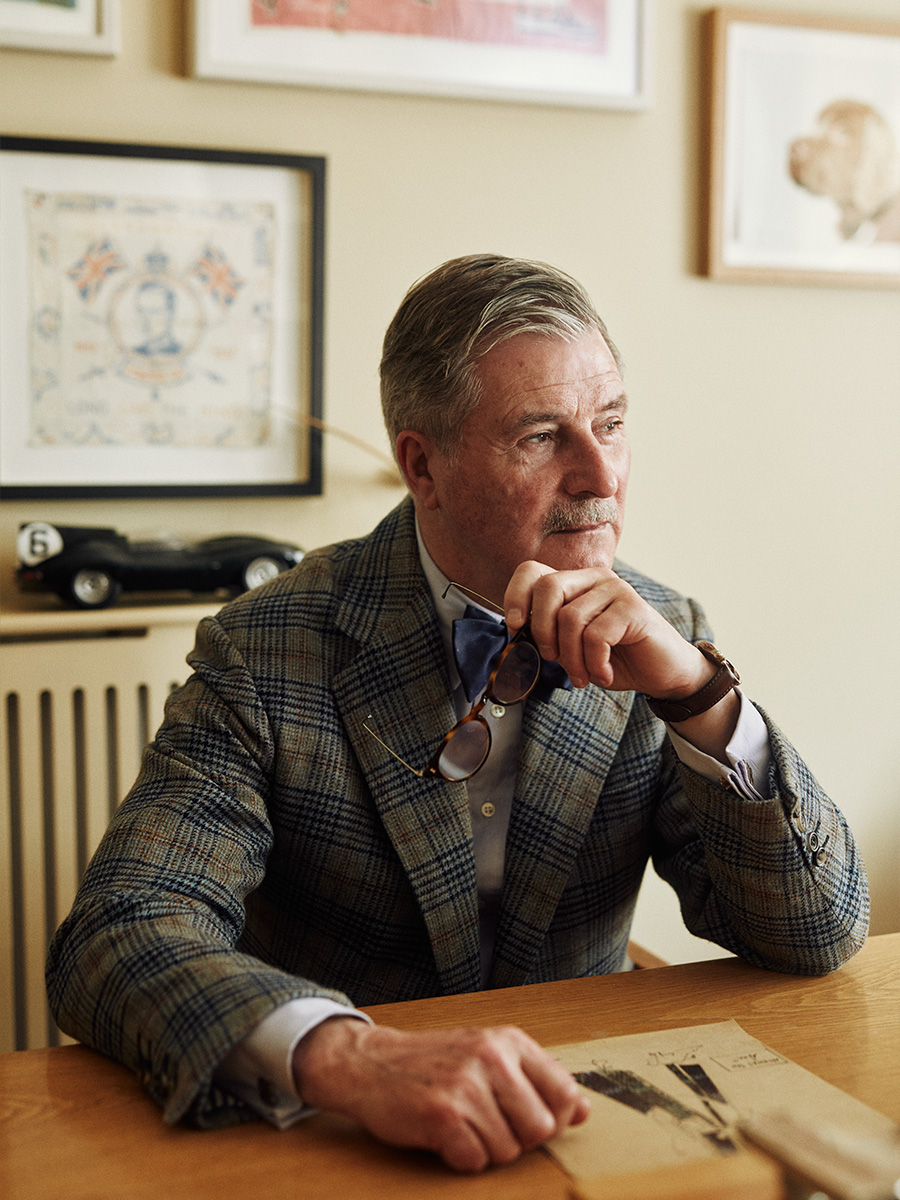
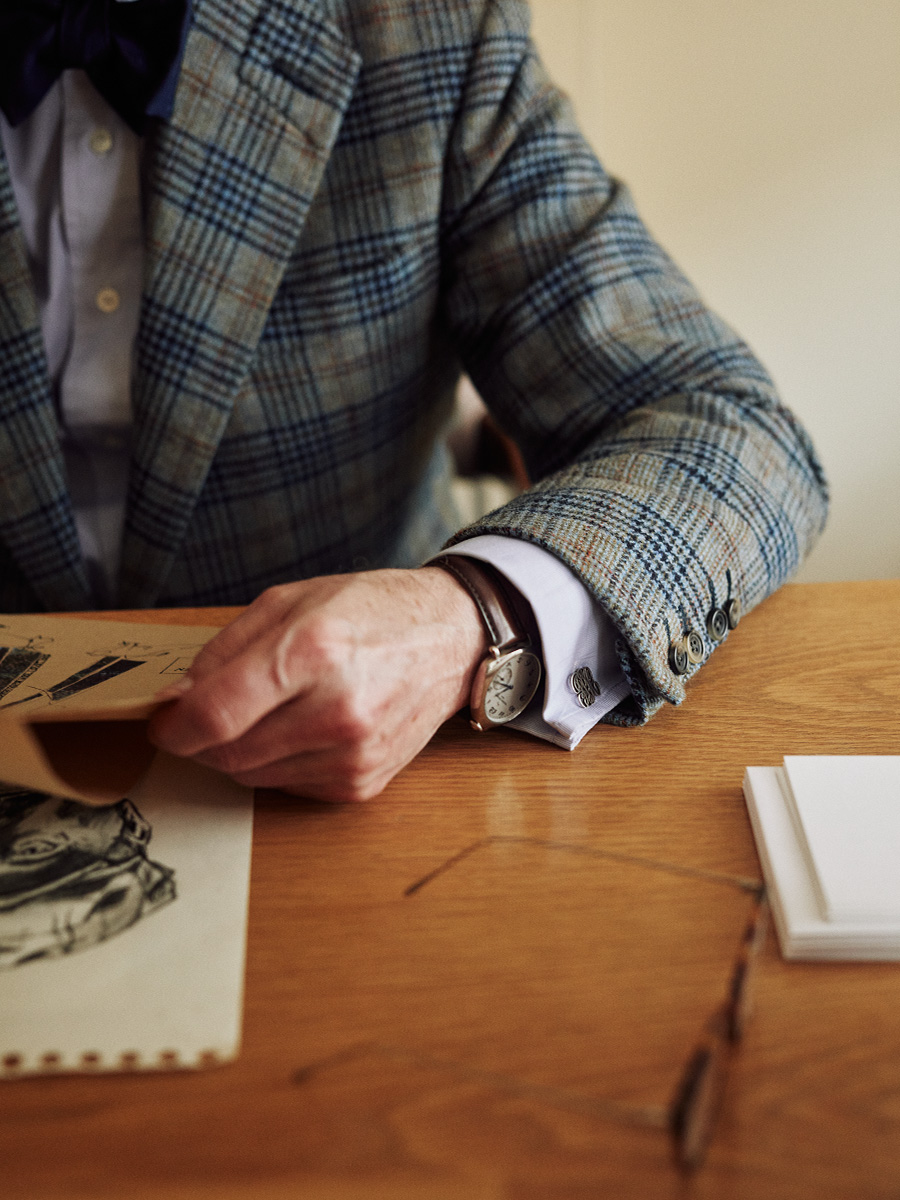
It’s the tweed cloth itself, though, that makes this suit worthy of a ‘Well Worn’ feature. In RAF blue with colourful checks and a lovely soft texture, it was woven by Fox Brothers & Co. in Somerset, in the leafy south west of England. Now, Fox Brothers is one of the most successful cloth mills in the world, but some 13 years ago, Jeremy Hackett hand a hand in saving the company from closure.
“When I heard they were in trouble, I knew that Douglas [Cordeaux, Fox’s current owner], was looking around to purchase and transform a British brand. I suggested a couple of places to him that might be of interest, and Fox Brothers was one of them,” Jeremy explains. “He went down there, and bought the bloody mill, didn’t he?!” The rest, as they say, is history.
Perhaps unsurprisingly, Jeremy is a long-term Thomas Mason fan too. “We’ve worked with Thomas Mason for more than 30 years,” he adds, as our interview wraps up. “I like the breadth of their offering and also the way the cloth has retained its British character. I like clothes that wear in, not out, and Thomas Mason’s fabrics do just that.”
Photography by Tom Griffiths
Video by Matthieu Livingston
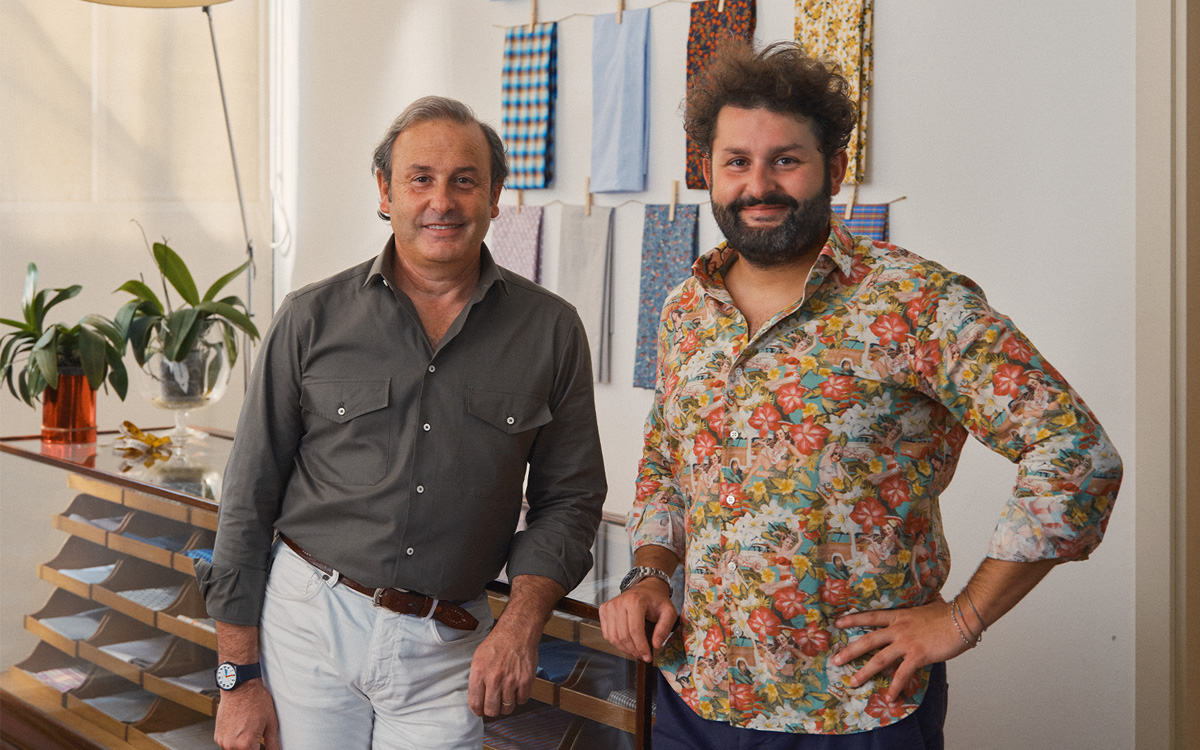
Innovation lab: Inside Camiceria Turri
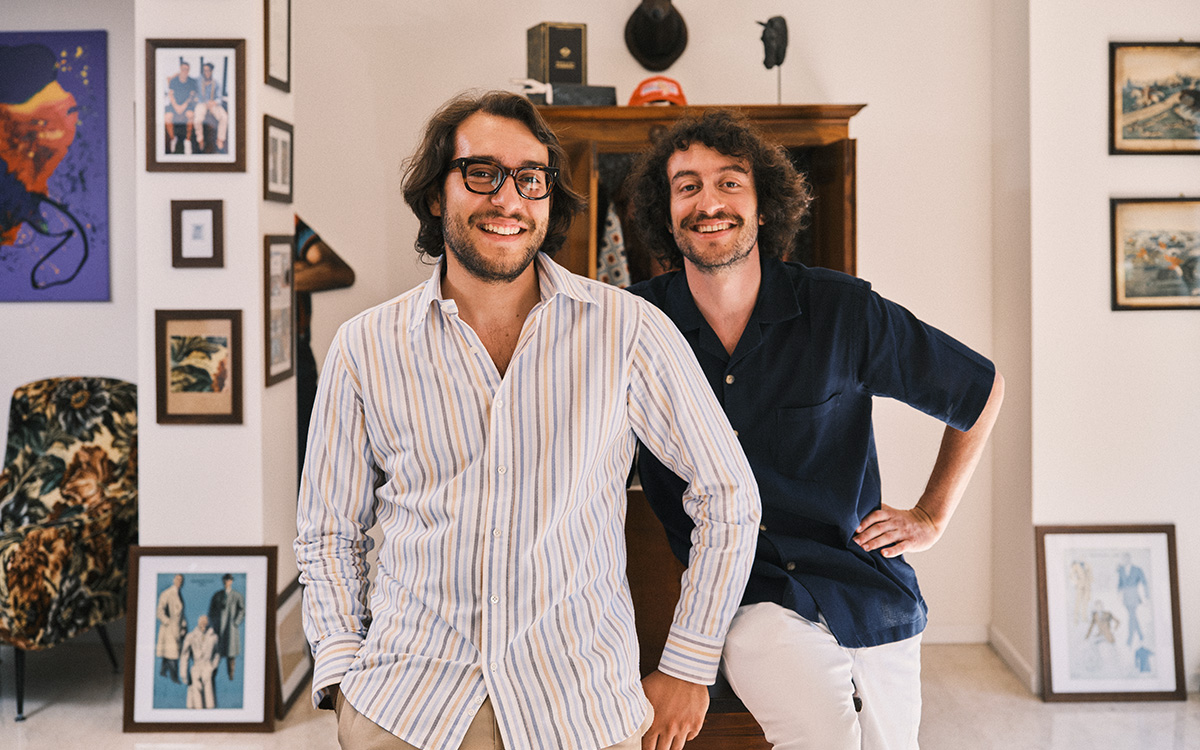
Sigalini and Pantamolle: Wearing the Trousers
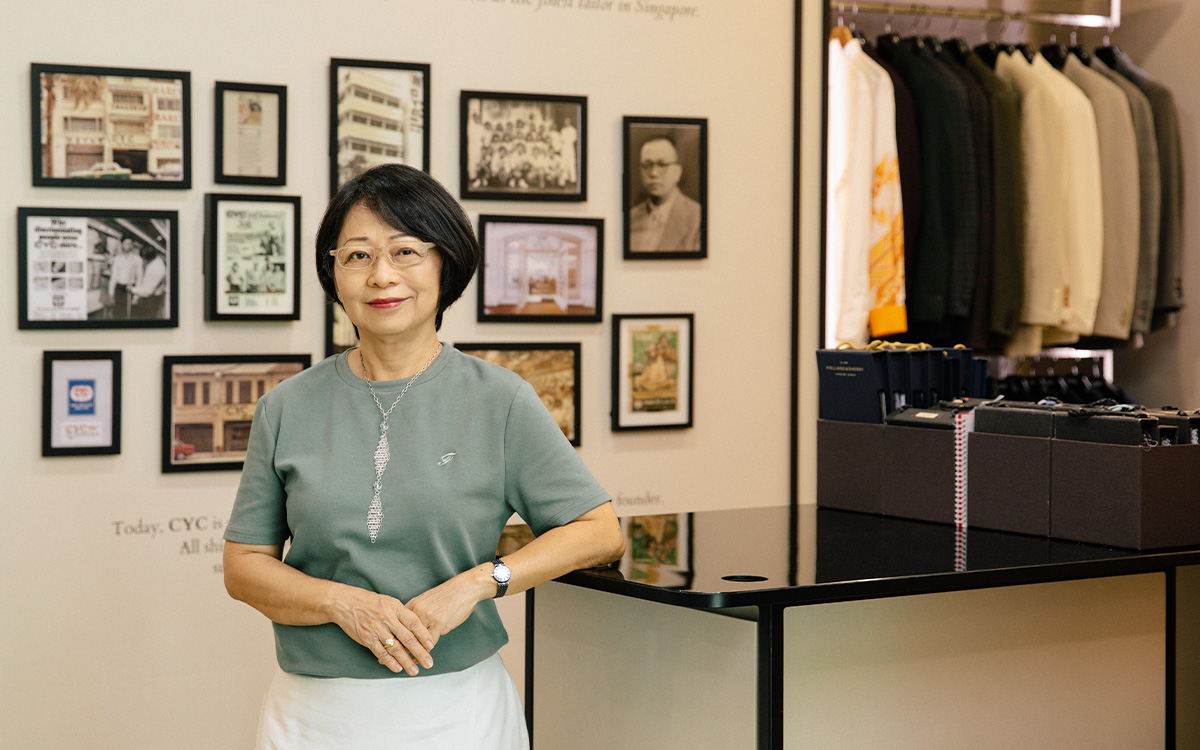
CYC Singapore: Equatorial Sartorialism
Cotonificio Albini S.p.A. - Via Dr. Silvio Albini 1, 24021 Albino (BG) – Italy
Società con unico socio - diretta e coordinata da Albini Group S.p.A.
P.I. 01884530161 - C.F. 08743540158 - Iscritta al Registro Imprese di Bergamo - REA 244649
Capitale sociale sottoscritto e versato € 11.170.960